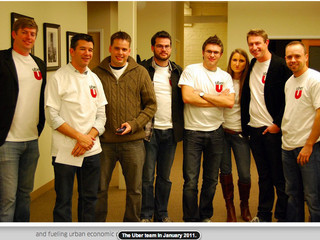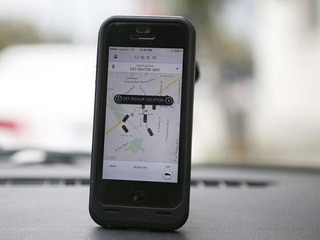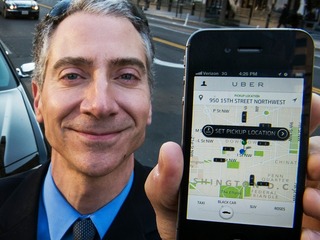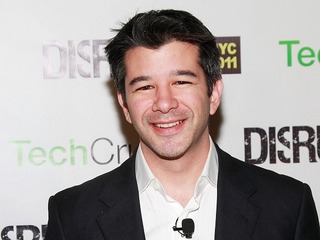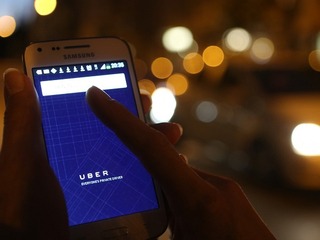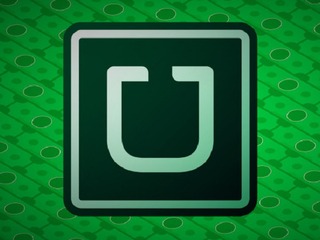DrFirst buys prior authorization automation platform Myndshft
This will allow DrFirst to accelerate its growth in the specialty medication space
Read more...
(Come see Vator Splash LA on October 15. Speakers will include Adam Goldenberg Founder & CEO of JustFab; Brian Lee. Co-Founder & CEO of The Honest Company; Michael Dubin, Founder & CEO of Dollar Shave Club; and TJ Sassani, Founder & CEO of zozi. Get your tickets here!)
And, yet, here we are, with the reveal that the company has taken another round of funding, though apparently a much smaller and strategic one this time.
The e-hailing company has taken funding from Tata Opportunities Fund, a private equity fund linked to India's Tata Capital, according to a report from Reuters on Wednesday.
Though the amount was undisclosed it is said to have been between $75 and $100 million. Like I said, much, much smaller than the company's more recent rounds, including the $1 billion round it closed at the end of July, which brought Uber's total funding up to more than $5 billion (again, that's billion, with a "b").
The size of the round seems less important here than the fact that the investment came from India, an extremely important market for Uber's growth, and the one that happens to be its largest market outside of the United States.
When Uber raised its funding at the end of July it said that it would be putting $1 billion into the region, and now Reuters is reporting that it plans to average more than 1 million rides a day in India over the next six to nine months.
Uber needs that much money because it faces some stiff competition in the country from Ola, which is commonly called the Indian Uber. That company says it has over 750,000 rides a day and expects to hit 1 million this month. Uber, on the other hand, is only averaging around 200,000 a day in India, hence the need for the increased investment.
Ola is also growing fast; when it raised $400 million in April, the company revealed that had already grown from 10 cities to 100 in the past year, and that ut hopes to be in 200 by the end of this year. Uber, by contrast, is only in 11 cities in India.
Uber's presence in India has also become complicated following an incident in New Delhi this past December, where a passenger was allegedly raped by a driver. This caused the service to be sued, as well as banned in that city, and in Hyderabad. The company has since strengthened its safety and security features in response. That included enhanced driver screening through tools like biometrics and voice verification, and stricter background checks on drivers.
Uber restarted services in the capital earlier this year, even though New Delhi said it was still banned in the city. Ola was also banned in New Delhi, yet also still remained in operation as well.
Both companies received letters from Delhi’s state Transport Department in March, warning them that their applications for radio-taxi licenses would be in jeopardy if they did not stop picking up passengers before those licenses were processed. Despite all of its setbacks, though, Uber is obviously not giving up on India by any means.
This funding from Tata is not the first time it has raised money in India. In March Uber partnered with, and took some money from, Times Internet to expand its presence in the country.
VatorNews has reached out to Uber for confirmation of this funding round. We will update this story if we learn more.
(Image source: uber.com)
This will allow DrFirst to accelerate its growth in the specialty medication space
Read more...The company initially raised $3 million in seed funding when it launched in October
Read more...This is the company's first fundraising since 2019 and brings its total capital to $103M
Read more...Startup/Business
Joined Vator on
Uber is a ridesharing service headquartered in San Francisco, United States, which operates in multiple international cities. The company uses a smartphone application to arrange rides between riders and drivers.
